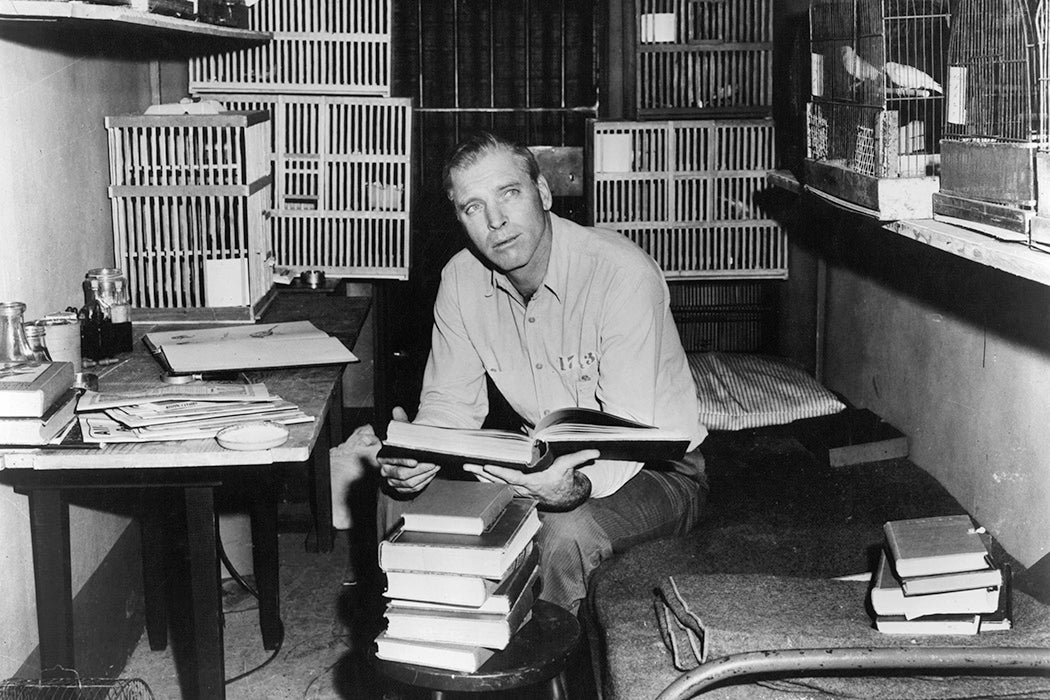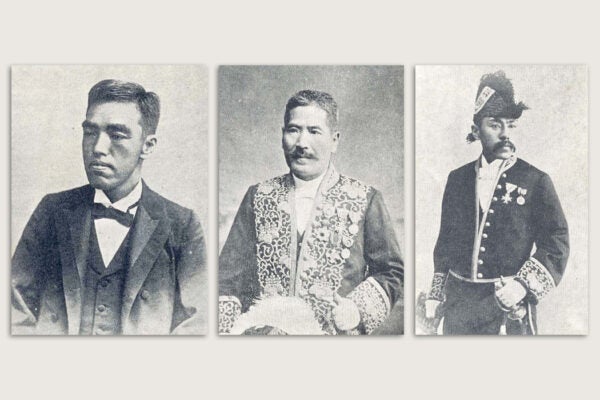In 1948, the Supreme Court’s antitrust Paramount decision severed the corporate connection between movie studios (production) and movie theaters (distribution). Meanwhile, the expansion of television into American homes was changing entertainment consumption patterns. The Hollywood studio system was on the ropes.
One of the components of this “classical Hollywood” that started to break down was the studios’ internal censorship regime. Much has been written and said about the Production Code Administration, also known as the Hays Code and the Breen Office. Producer Walter Wanger, for one, bluntly stated that the 1930s-era morality code made it “almost impossible to face and deal with the modern world” after World War II.
Film scholar David Eldridge examines a little known aspect of outsider influence on the PCA: a decades-long relationship with the federal Bureau of Prisons (BOP). The BOP was concerned with portrayals of prisons, especially when it came to movies about Alcatraz Federal Penitentiary.
Alcatraz was named after the island on which it was situated, a mile and quarter north of San Francisco. It opened in 1934 to hold prisoners considered problems elsewhere in the federal penitentiary system. The facility used solitary confinement to control inmates, if not “break” them, making it the prototype of the super-maximum (supermax) prison. It quickly became notorious.
Eldridge details the back-and-forth between an industry eager to capitalize on sensation (“see the secrets of Alcatraz exposed!” ran proposed ad copy from the 1930s) and a prison system eager to avoid attention to what was then an anomaly in that prison system.
The BOP largely got its way until the production of Birdman of Alcatraz, released in 1962. Directed by John Frankenheimer and starring Burt Lancaster, the movie came from Lancaster’s own Norma Productions, making it independent of the studio system.
Birdman of Alcatraz was a heavily fictionalized account of the life of murderer and ornithologist Robert Stroud. Stroud was first sentenced to prison in 1909 for killing a bartender in Alaska. His sentence was extended for wounding a fellow prisoner. After being convicted of killing a prison guard at Leavenworth Federal Penitentiary in 1916, he was in for life.
Of the fifty-four years Stroud spent in prison, forty-two of them were in the isolation of solitary confinement. Stroud was actually the Birdman of Leavenworth, which is where he began his work with birds and wrote Stroud’s Digest of the Diseases of Birds and Diseases of Canaries. He also raised and sold (via his mother) canaries. When the BOP was formed in 1930, it prohibited inmates from running private businesses. This brought the ever-combative Stroud into conflict with authorities, as did his 1933 campaign to marry a canary breeder “on the outside.”
Eldridge writes that Stroud’s efforts to marry across the prison wall was “a stunt designed to reignite media interest and make himself ‘too noticeable’ for the bureau to move him to Alcatraz.” The transfer to Alcatraz eventually took place. Rules prevented him from keeping birds at Alcatraz.
A former corrections officer named Thomas Gaddis wrote about Stroud in a 1953 issue of Cosmopolitan and then developed the story into a book called Birdman of Alcatraz (1955). Gaddis also campaigned for Stroud’s release, joining Stroud’s bird-fancier allies. Twentieth Century Fox purchased the movie rights to Gaddis’s book in 1956. BOP Director James V. Bennett jumped into action to halt any movie based on it. His initial efforts were successful.
Weekly Newsletter
But Burt Lancaster fought back, calling Bennett’s opposition a personal vendetta against Stroud. Eldridge argues that it wasn’t so much personal as institutional. The BOP didn’t want any critical films about Alcatraz made. Bennett actually had a record as a “progressive reformer” of prison life. Alcatraz’s notoriety was an embarrassment; Bennett had wanted to close the place as soon as he took over the BOP in 1937.
The fight over the movie version of Birdman was the “culmination of a decades long-struggle to control all films about Alcatraz.” But it wasn’t the 1930s anymore, or even the 1950s. The PCA/BOP working relationship failed to halt the film. Birdman became one of Lancaster’s most famous roles and is still a point of reference in popular culture.
The movie didn’t help Stroud’s campaign to get out of jail. He died in federal custody in Missouri in 1963, the year after the film’s release. That same year also saw Alcatraz shut down as a penitentiary. Alcatraz Island is now a National Park.







